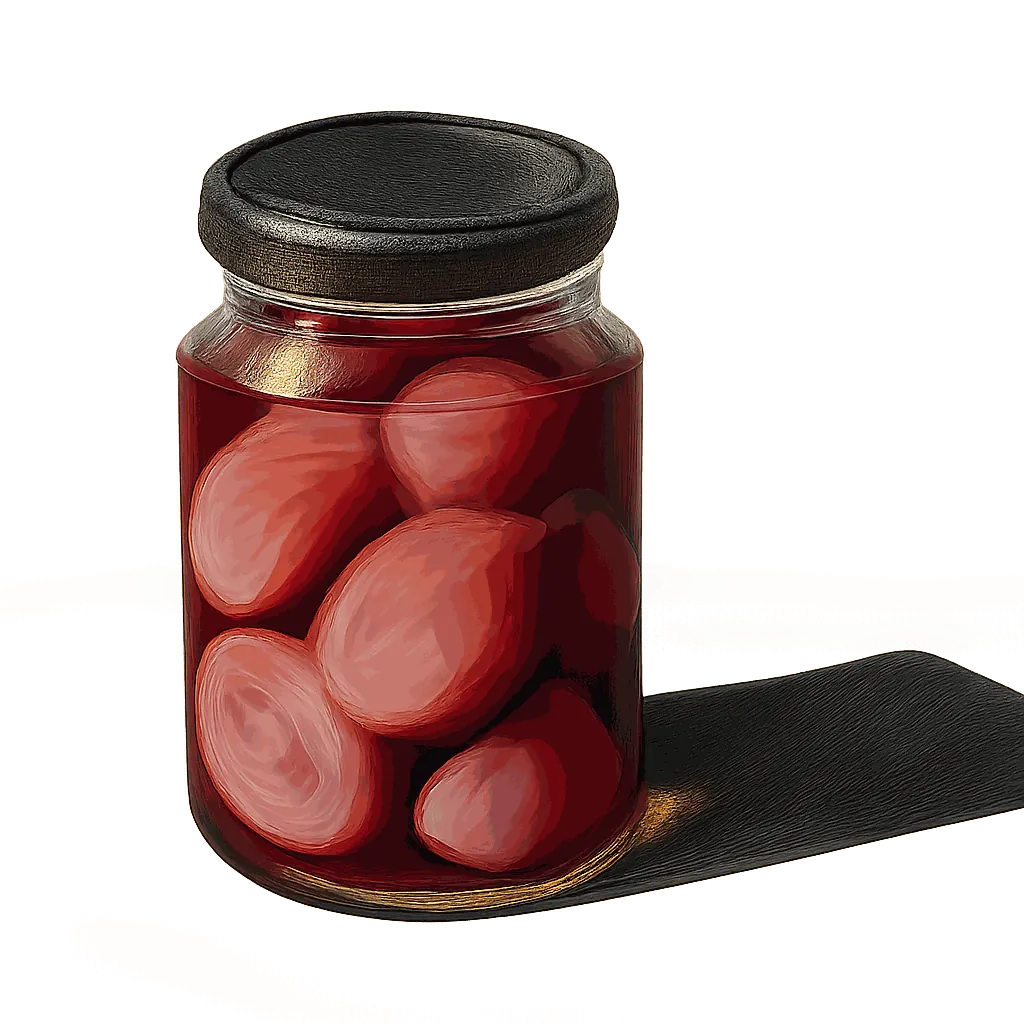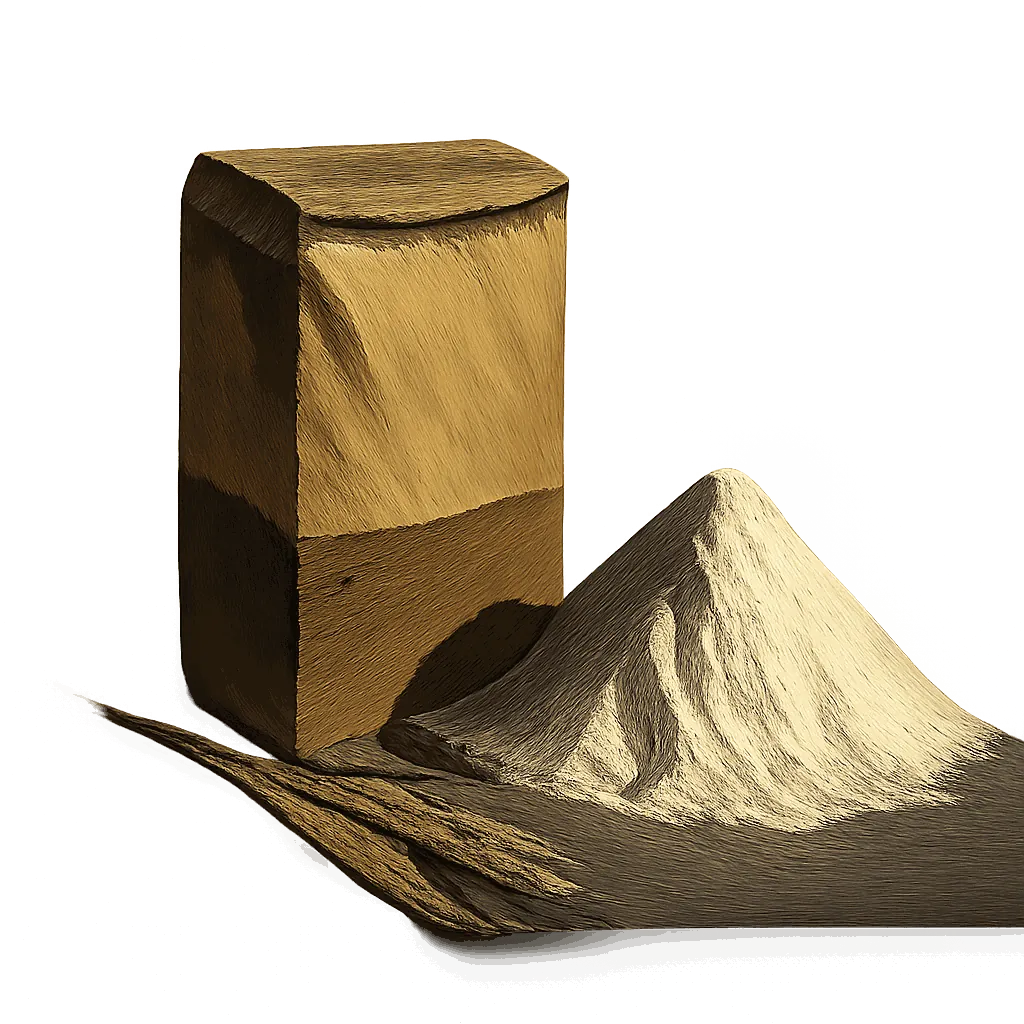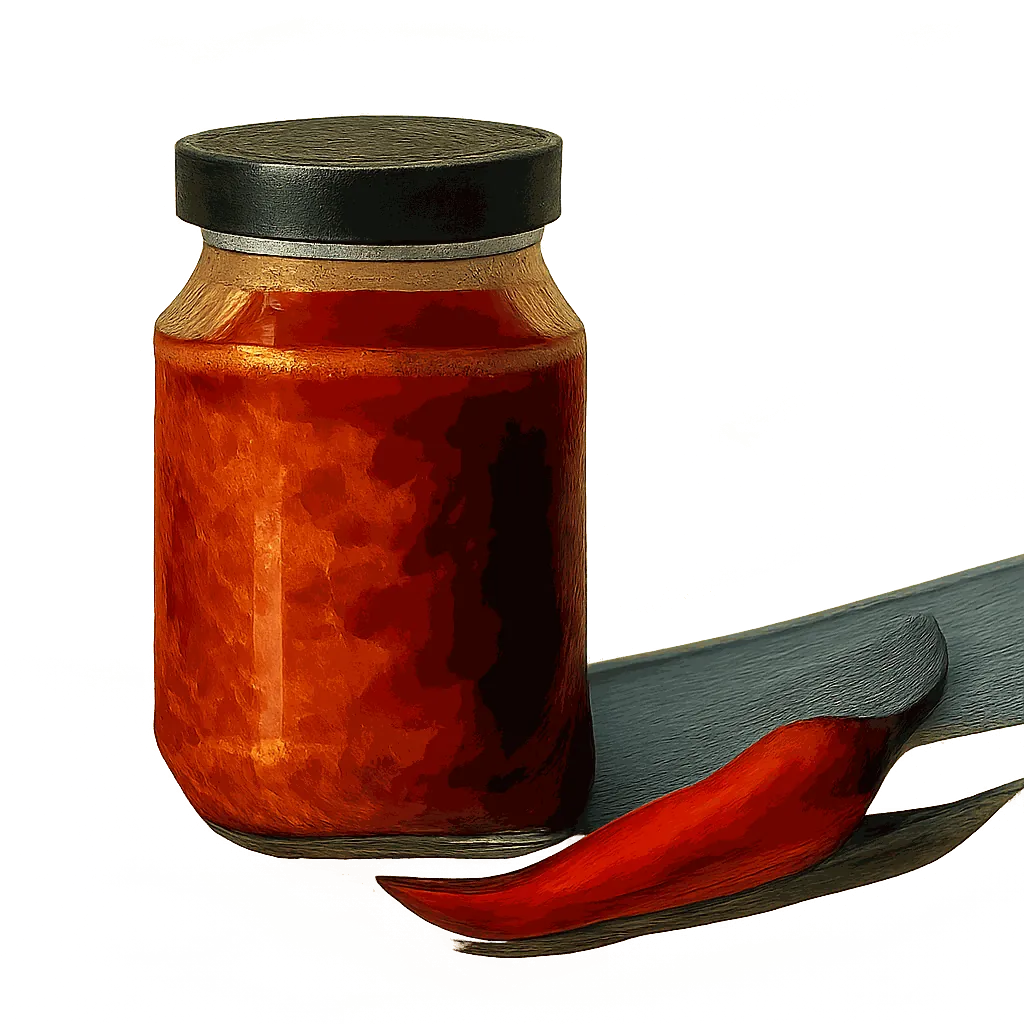Perfect Pairings & Recipes for
Graham Cracker

Exquisite graham cracker flavour pairings and recipes, revealed through data science.
Graham cracker immediately conjures the evocative embrace of wheat and the bracing kiss of honey. But look beneath its obvious sweetness and you'll discover a captivating symphony of softer notes, a whisper of caramel, a hint of toast, and subtle accents reminiscent of malt, giving it remarkable depth. The magic of the kitchen unfolds when we pair graham cracker with ingredients that let these nuances sing.
To chart these harmonies, we analysed thousands of ingredients, each deconstructed across 150 distinct flavour dimensions, pinpointing the notes that best complement this ingredient’s profile. Our analysis reveals, for example, how lemon juice's cedrine tones resonate with graham cracker, and how rosemary's rosmarinic notes create a surprising synergy with its grainy sweetness.
Flavour Profile Of Graham Cracker Across 150 Dimensions Of Flavour
Flavour wheel chart showing the dominant flavour notes of Graham cracker: Wheat, Honeyed, Caramel, Maltol, Toasted, Sugary, Starch, Molasses, Buttery, Vanillic, Maple, Cinnamon
An ingredient's flavour stems from its core characteristics, such as maillard, nectarous, or woody, combined with layers of subtle flavour notes (outer bars). For a balanced dish, pair ingredients with a variety of core flavours, and choose complementary aroma notes for harmony.
The Flavour Code
To understand exactly which flavours harmonise, we compiled a database of over 50,000 ingredient pairings commonly used in cooking. We then analysed these pairings, identifying the specific flavour notes that frequently appear together.
The Flavours That Harmonise With Wheat Notes
Strength of Association Between Flavours
The flavours most associated with wheat notes are: Rosemary, Sage, Peppercorn, Lactic, Thyme, Pine, Bay leaf, Camphor, Balsam, Buttery, Oleic, Tomato, Basil, Proteolytic, Lacteal.
Our analysis reveals a strong connection between wheat and rosemary flavours. Since graham cracker has a distinct wheaty flavour, try pairing it with rosemary flavours.
The recipe below provides inspiration for pairing graham cracker with rosemary.
Harmonious Flavours Of Graham Cracker
Just as our analysis revealed that wheat and rosemary flavours are harmonious, we can identify the full profile of flavours that harmonise with each of the flavours present in graham cracker. For instance, the honeyed notes of graham cracker are strongly associated with milky and cedar notes.
The aroma notes associated with the various notes of graham cracker can be seen highlighted in the pink bars below.
Flavour Profile Of Graham Cracker And Its Complementary Flavour Notes
Flavour wheel chart showing the dominant flavour notes of Graham cracker: Wheat, Honeyed, Caramel, Maltol, Toasted, Sugary, Starch, Molasses, Buttery, Vanillic, Maple, Cinnamon
Matching Flavour Profiles
The flavour profile of lemon juice offers many of the accents complementary to graham cracker, including cedar and grapefruit notes. Because the flavour profile of lemon juice has many of the of the features that are complementary to graham cracker, they are likely to pair very well together.
Prominent Flavour Notes Of Lemon Juice Are Represented By Longer Bars
Flavour wheel chart showing the dominant flavour notes of Lemon juice: Cedar, Grapefruit, Resinous, Neroli, Blossom, Astringent
The chart above shows the unique profile of lemon juice across 150 dimensions of flavour, while the recipes below offer inspiration for bringing these flavours together with graham cracker.
Recipes That Pair Graham Cracker With Lemon Juice
Linked Flavour Notes
Looking at the aroma accents that are most strongly associated with the various flavours of graham cracker, we can identify other ingredients that are likely to pair well.
Graham Cracker's Harmonious Flavours And Complementary Ingredients
Graham cracker's Strongest Flavours
Complementary Flavours
Ingredients with Complementary Flavours
Flavour groups:
Nectarous
Acidic
Floral
Herbal
Spice
Vegetal
Maillard
Woody
Carnal
The left side of the chart above highlights the aroma notes of graham cracker, along with the complementary aromas associated with each note. While the right side shows some of the ingredients that share many of the aroma notes complementary to graham cracker.
What To Drink With Graham Cracker
The rosemary notes in les baux de provence make it a perfect pairing with graham cracker. Likewise, the cedar flavours in citrus vodka create a match made in heaven. Explore a variety of ingredients below that beautifully complement the unique character of graham cracker below.
Which Fruit Go With Graham Cracker?
Choose fruit that ground its sweetness or ground its golden sweetness. Lemon and lemon zest offer vibrant, clean counterpoints, their verdant freshness lifting the palate. Orange add a gentle, oniony brightness, while lime juice introduces a sophisticated, anise-tinged elegance.
Alternatively, embrace fruit that harmonise with graham cracker's sweetness. The addition of grapefruit zest, with its subtle cedrine notes, can complement the honey beautifully, while grapefruit lends a crisp aroma.
How Flavonomics Works
We've pioneered a unique, data-driven approach to decode the intricate art of flavour pairing. Our goal is to move beyond intuition and uncover the science of why certain ingredients harmonise beautifully. This rigorous methodology allows us to provide you with insightful and reliable pairing recommendations.
Our analysis begins with over 50,000 carefully selected recipes from acclaimed chefs like Galton Blackiston, Marcello Tully, and Pierre Lambinon. This premium dataset ensures our model distils genuine culinary excellence and creativity.
Each ingredient from these recipes is deconstructed across 150 distinct flavour dimensions, creating a unique numerical "flavour fingerprint." This quantification allows us to apply advanced analytical methods to identify complex patterns between flavour notes.
We identify popular ingredient combinations that frequently appear in our recipe database. Regression analysis is then performed on these pairings to statistically validate and pinpoint truly harmonious flavours.
These insights drive our predictive model, which allows us to take any ingredient (e.g., Graham cracker), analyse its detailed flavour profile, and accurately reveal its complementary flavours and perfect ingredient partners.
Explore More
Discover more ingredient profiles and expand your culinary knowledge. Each ingredient page offers detailed analysis of flavour profiles, pairing insights, and culinary applications.
The content on our analysis blog is semi-automated. All of the words were manually written by a human, but the content is updated dynamically based on the data.


